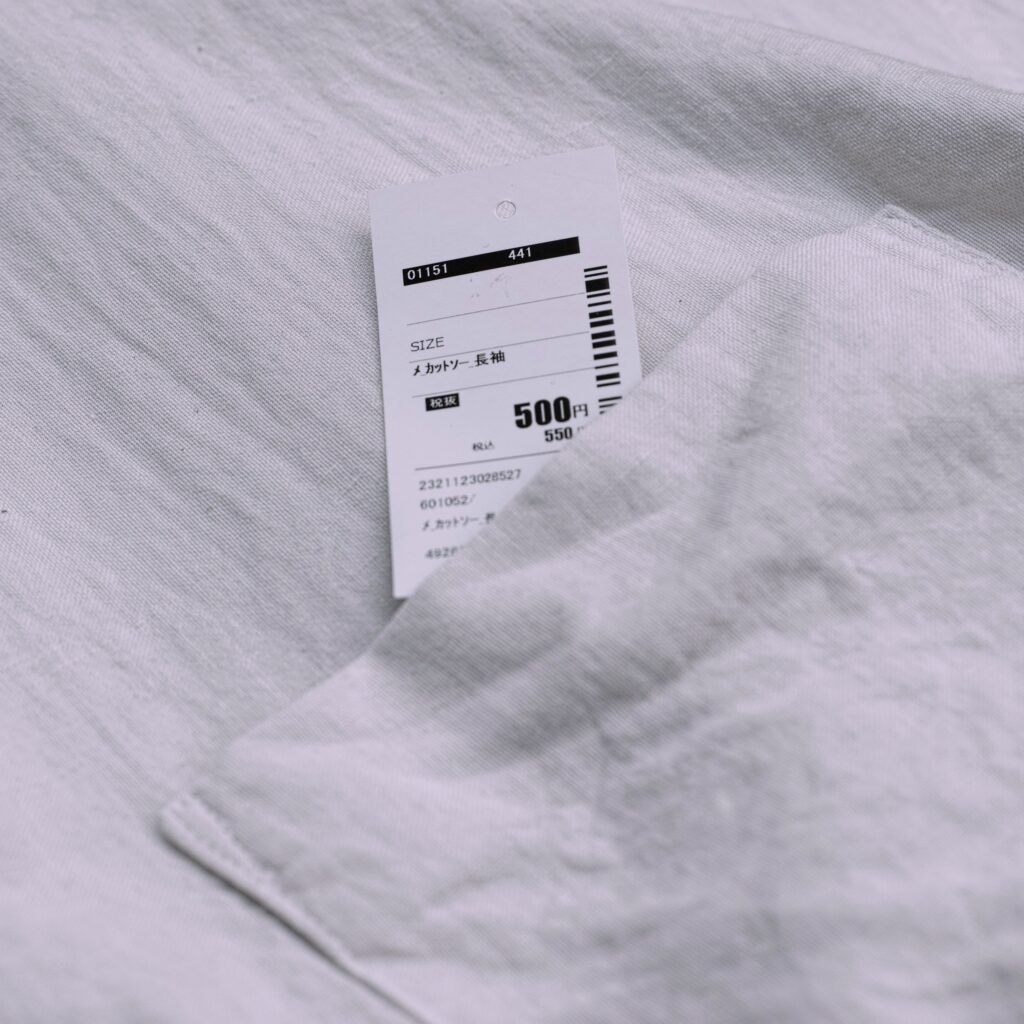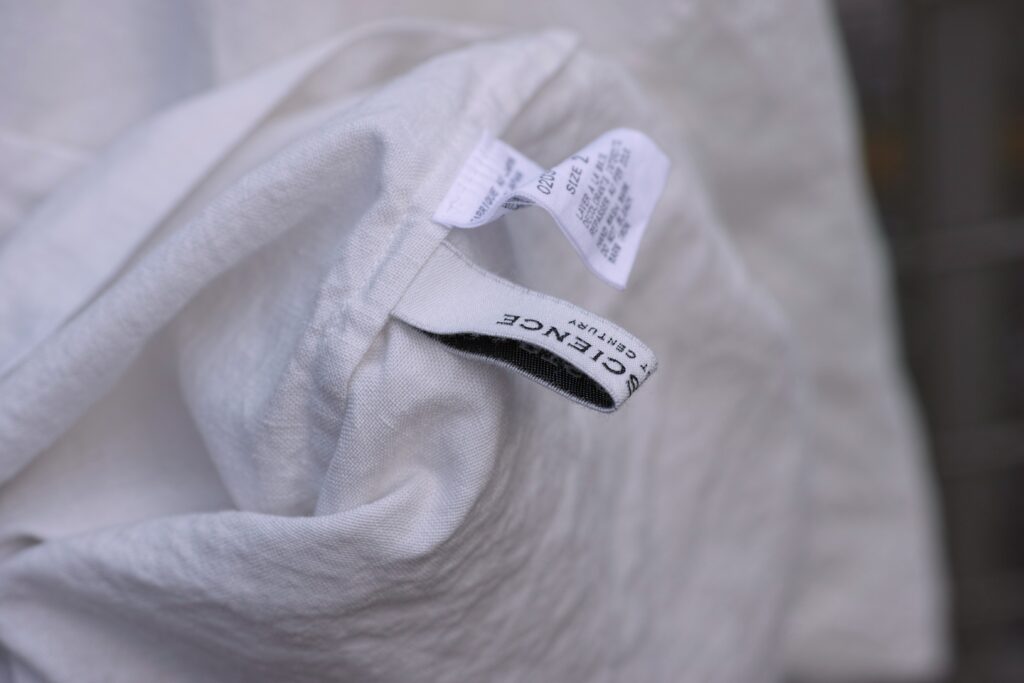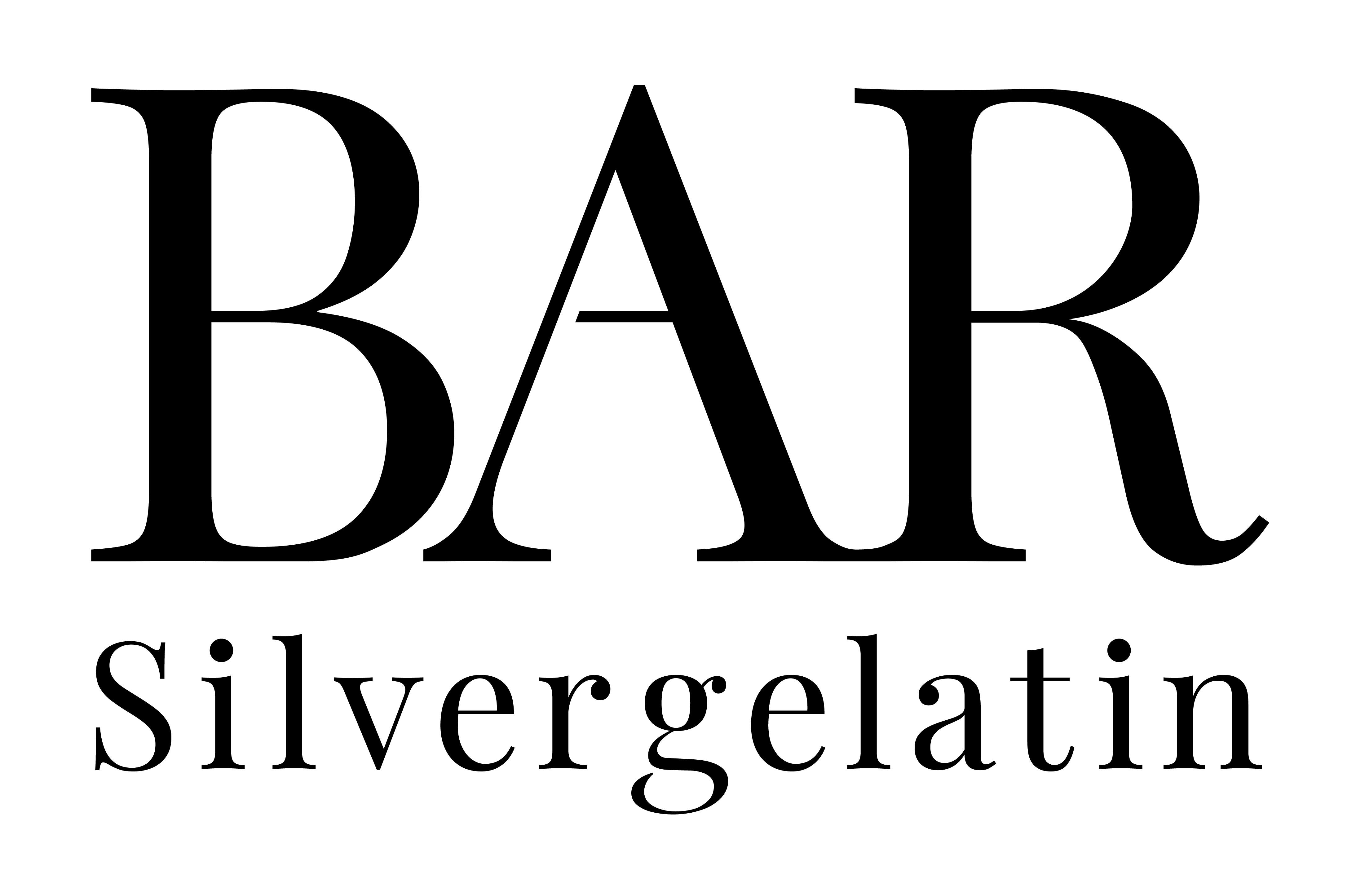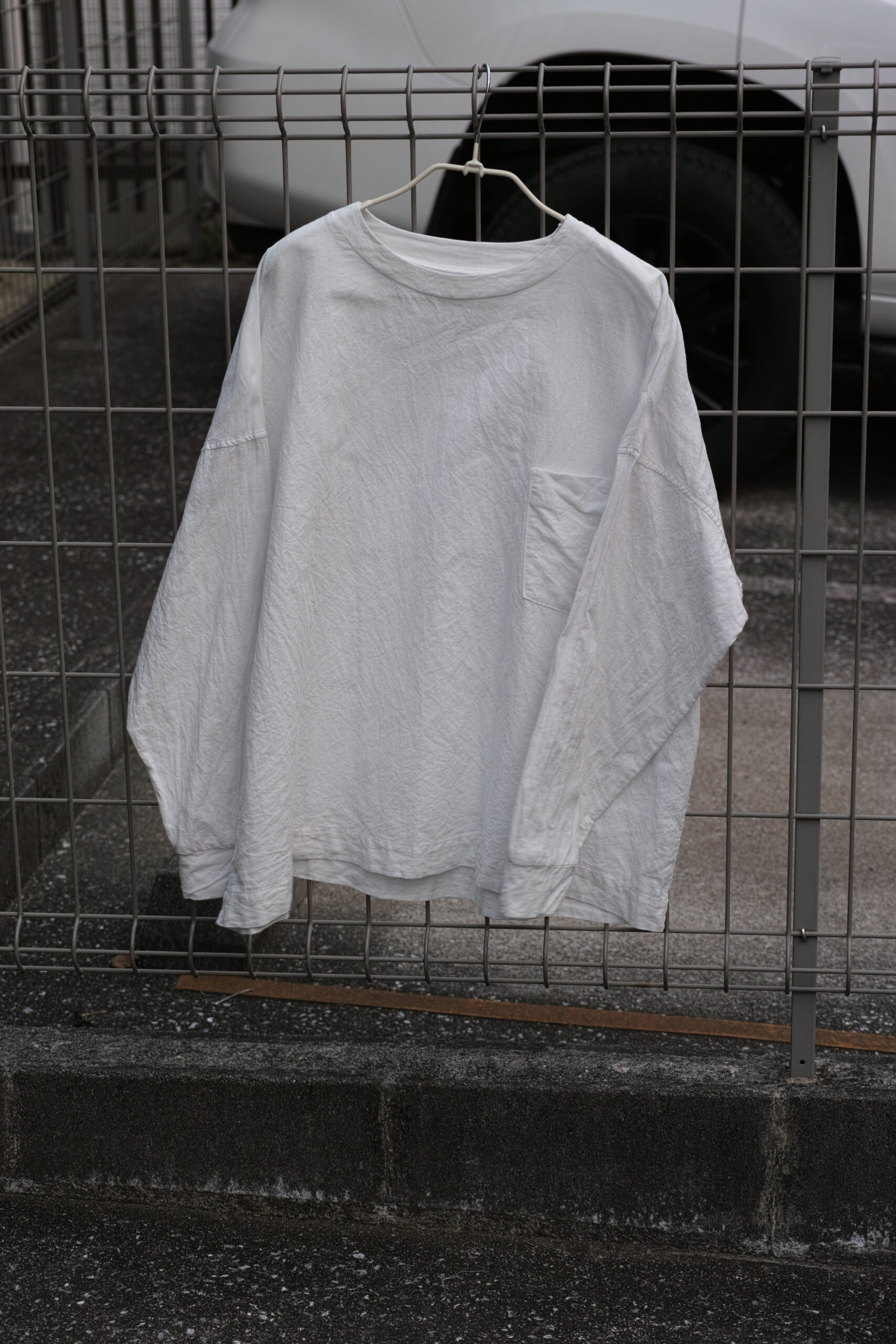Ten years have passed since then… Are the days when you could buy used clothes for a single coin over?
Vintage clothes have become really expensive these days, haven’t they?
I myself, who published a book titled “One-Coin Secondhand Clothes” 10 years ago, was surprised at the changes.
The one-coin secondhand clothing search that was commonplace back then now seems like a pipe dream.
It was far from my intention, and I was filled with a sense of apology.
I have been thinking that someday I would like to tell the readers of those days about the “current vintage clothing situation.
Then, the other day, I miraculously got some used clothes for one coin!
I felt compelled to write about this, so I took up the pen.
A glimmer of hope that I found for the first time in 10 years? I got a cotton linen shirt from ARTS&SCIENCE for 500 yen!

When I was buying secondhand clothes, if I saw a brand I didn’t own or an item made of a material I didn’t have, I would buy it anyway, in a “binge” style, but now my buying criteria have changed considerably.
- whether it looks good on me
- In what situation will I wear the clothes?
- Will it make me feel good to wear it?
First, I think about these three things and try on the clothes. Trying on clothes is a must.
Even if you try on clothes, you will most likely not buy them in the end.
Even so, I try to buy only items that I feel “buying this is the only option! I try to buy only those items that I feel like I have no other choice but to buy.
Even so, I sometimes fail.
Only items that pass this difficulty will be bought.
This is the first time in the last five years that an item at a one-coin price has passed this hurdle.
When I patrol SECAST, it is rare to find an item that costs 1,000 to 1,500 yen.

I also got a cotton linen shirt from ARTS&SCIENCE at Secast.
Lucky for me, it didn’t have a tag around the neck and was treated as no-brand.
What I liked about it
- oversized and the neck is very tight.
- the cotton linen fabric
- the sleeve details that are not found on other items
If I had one small complaint, it would be that I would prefer thicker arms if I were to wear it alone in the summer.
If you want to wear it as an inner layer, this is the best arm thickness.
ARTS&SCIENCE is a brand that focuses on women’s wear, so I personally never paid much attention to them, but this item was ideal for me.
This point, “oversized and with a gusseted neck,” is quite important to me.
If the neck is loose in an oversized top, it looks sloppy.
That is a personal story, as it relates to my age and body shape.
However, if the neck is oversized and the neck is tightly packed, it looks more crisp and emphasizes a mode-like atmosphere.
At recycled secondhand clothing stores such as Secast and Trefac, not only ARTS&SCIENCE but also POLYPLOID, ATON, UNIVERSAL PRODUCTS, etc. can be found at low prices in rare cases, treated as no-brand items.
You can find plenty of bargains if you target the gaps according to your own tastes.
Although I don’t buy these days, it is not unusual to find super high-end items such as CHARVET, HERNO, and ARNYS at bargain prices.
With a little ingenuity and patience, you can have fun digging, so give it a try.
Helpful Notes and Links for Visitors:
One-Coin: Refers to 500 yen, Japan’s largest coin. It’s used to describe very cheap items.
Vintage: This is the term used for secondhand/used clothing in Japan.
Second Street: A popular chain of secondhand stores in Japan. https://www.2ndstreet.jp/
Treasure Factory: Another well-known chain of used goods stores. https://www.treasure-f.com/
ARTS&SCIENCE: A Japanese clothing brand known for its high-quality natural fabrics and minimalist designs. https://arts-science.com/
POLYPLOID: A brand known for its unique shapes and fabrics.
ATON: A Japanese brand with clean and high-quality basics.
UNIVERSAL PRODUCTS: A Japanese brand known for its classic and high-quality basics.
CHARVET: A luxury French brand known for its shirts and ties.
HERNO: An Italian luxury brand specialized in outerwear.
ARNYS: A high-end french clothing boutique.
Dig: A Japanese slang term derived from the word “dig” used to describe browsing and finding hidden gems in stores.
“Trying on clothes is a must”: Japanese culture strongly emphasizes trying clothes before buying to ensure a perfect fit and look. Many stores will have fitting rooms.



